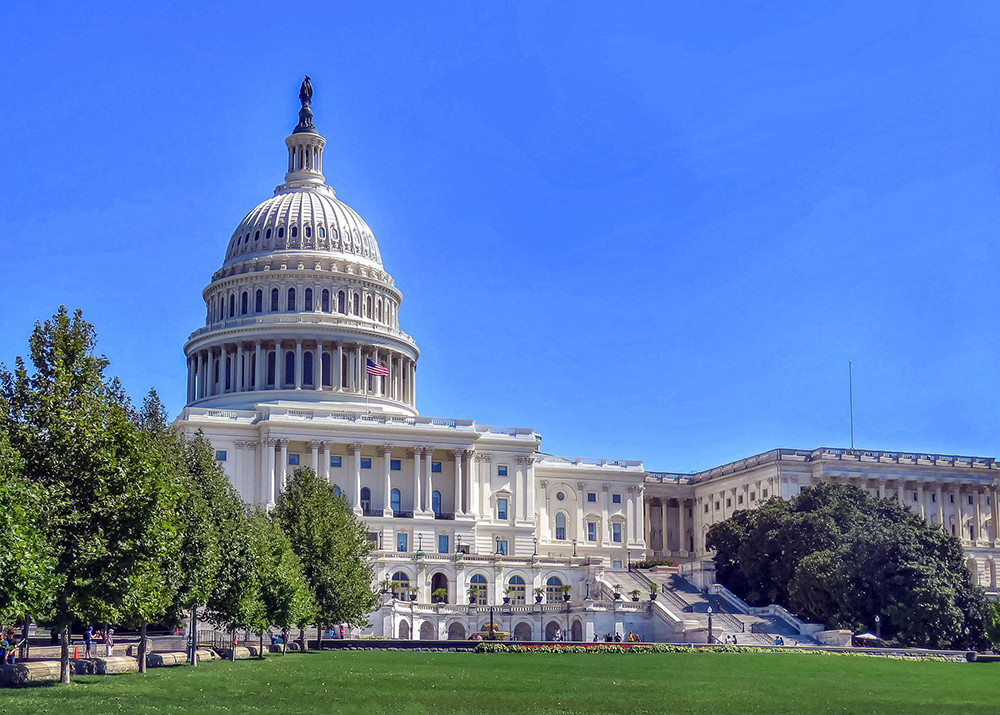Federal Trade Commission (FTC) proposals for new rules to permit more aggressive opposition to mergers would interfere with the economic ecosystem that is essential to biotech innovation, according to comments from the Biotechnology Innovation Organization (BIO).
The proposals cover new guidelines for merger regulation and changes to the reporting form that must be filed with the FTC before a merger takes place. BIO submitted written comments on the proposals in September, in response to a call for public input from the FTC, which is expected to put the new rules in place some time around the end of this year.
BIO’s comments explain that biotech innovation has long depended on small innovative startups developing new treatments and then merging with larger companies that can bring their ideas to market. This makes the FTC’s tougher approach toward all mergers a problem for biotech.
“Two-thirds of drug development comes from larger pharmaceutical firms acquiring small innovators,” explained BIO Deputy General Counsel John Delacourt, one of the authors of BIO’s comments. “An agency philosophy that is inherently opposed to that type of transaction is going to be a problem for innovation and for patients looking for new therapies to be to be brought to market.”
The proposed changes are part of an overall FTC philosophy that seems to treat all mergers as bad for competition. This blanket attitude ignores the workings of a market that has made the United States a global force in drug development, BIO’s comments argue.
FTC’s impact on biotech
“America’s small biotechs lead the world in innovation and R&D spending. Consequently, we are also responsible for an increasing number of new medicines, producing more than the rest of the world combined. This unparalleled feat has been accomplished because of our nation’s innovation ecosystem,” said BIO’s Sept. 18 comments on the revised Merger Guidelines.
While small biotechs initiate the research, “larger companies in the ecosystem dramatically accelerate the development stages and global distribution of approved products. The latter stages are arguably the costliest of the entire product development pipeline, as a single Phase III clinical trial can cost up to $500 million,” the letter said.
Already, the FTC’s aggressive policing of mergers has created a situation where companies are wary of M&A activity. According to Delacourt, this is slowing the development pipeline. Merger activity was worth $66.4 billion in 2021 to $47.9 billion in 2022 and now stands at $8.5 billion for Q1 in 2023, the Sept. 18 letter said.
Although other factors, including drug price controls in the Inflation Reduction Act, have had an impact, much of the decline can be attributed to FTC’s anti-merger stance, Delacourt said. These latest changes will “double down” on that stance, doing even more to discourage biopharma deals.
Reporting requirements would delay mergers
While a lot of attention is being paid to the Merger Guidelines, changes to the premerger form companies must file with the FTC will have a more immediate impact, indiscriminately slowing merger activity regardless of the merits of each individual deal, Delacourt said.
The changes to the Hart-Scott-Rodino (HSR) Premerger Notification Form, which is required for mergers above a specific value, would require companies to produce a much broader spectrum of documents, data, and information, according to BIO’s Sept. 27 comments. By the FTC’s own estimate, complying with the revised HSR Form will take four times as long as it used to. This means a process that once lasted about four weeks will now take about four months, fueling delays, additional costs, and investment uncertainty, Delacourt said.
“The HSR Form is intended as a preliminary screen that gives the agency an opportunity to determine whether there are any antitrust concerns,” he said. Typically, for deals that meet the reporting threshold, “95% go through without additional questions.”
Only when a deal is flagged as problematic does the FTC go deeper, seeking much more detailed information through a so-called Second Request. In contrast, under the proposed changes to the HSR Form, it appears that every deal will get at least a taste of Second Request treatment.
“When every single deal is going to be saddled with costly new compliance burdens, it’s fair to ask whether the additional information obtained is worth it,” Delacourt said. Here it’s not, suggesting that the Commission’s real goal is to impede merger activity across the board, he added.
Changes to the guidelines
This effort to dampen all M&A activity is evident in the proposed changes to the Merger Guidelines as well. “There’s a general expansion of what is considered problematic or anticompetitive,” according to Delacourt.
“BIO is concerned that several of the Commission’s proposed Guidelines will stymie the very transactions that have allowed the (biotech innovation) ecosystem to thrive,” according to BIO’s comments.
New Guidelines 2 and 3, which have conflicting definitions of what qualifies as competitive, are a conspicuous example. They may create a general sense among market participants that “the Commission is creating a framework whereby any proposed merger can be considered anticompetitive for any reason,” according to BIO’s Sept. 18 comments.
Questionable legal grounds
The proposed Guidelines and HSR Form reveal the current FTC’s inclination to move away from the basic standards of merger analysis—standards that have been in place since the 1970s. Based on decades of legal precedent, the FTC’s decisions on merger enforcement have traditionally focused on situations of substantial competitive overlap, where removing a rival from the marketplace is likely to reduce competition. The FTC has also placed great weight on real world evidence of consumer harm, particularly price increases and reductions in consumer choice.
The current FTC, in contrast, has shown an appetite to investigate vertical transactions, such as mergers between manufacturer and supplier, as well as to pursue “nascent competition” theories, which focus on a deal’s potential to reduce future competition under hypothetical scenarios.
To date these kinds of novel theories have not been well received by the courts. “When the FTC has brought these types of merger challenges they’ve typically lost, and yet we see the same theories being incorporated into the revised Merger Guidelines and HSR Form,” said Delacourt.
The FTC is now in the process of reviewing the comments submitted by BIO and others, and will likely finalize both the Merger Guidelines and the HSR Form by the end of the year. It’s worth noting, however, that even though the final documents are likely to be highly influential, they do not have the force of law.
“In order to block a merger, the FTC will actually need to convince a court that its Guidelines are well thought out, well conceived, supported by economics, supported by case law,” Delacourt explained. “They may have a hard time doing that.”




